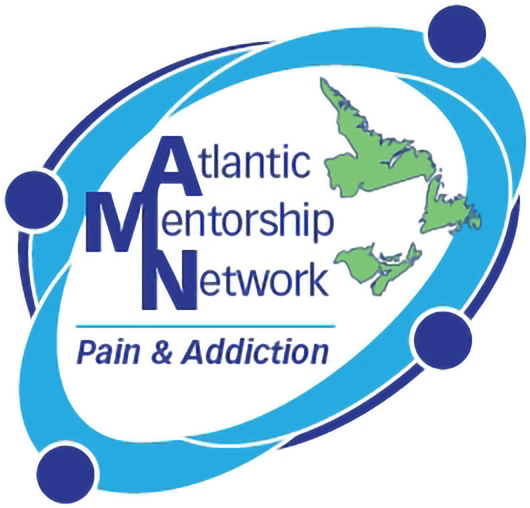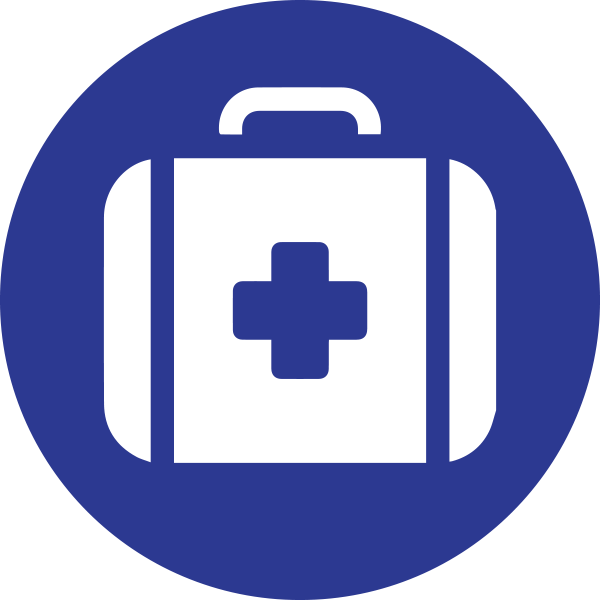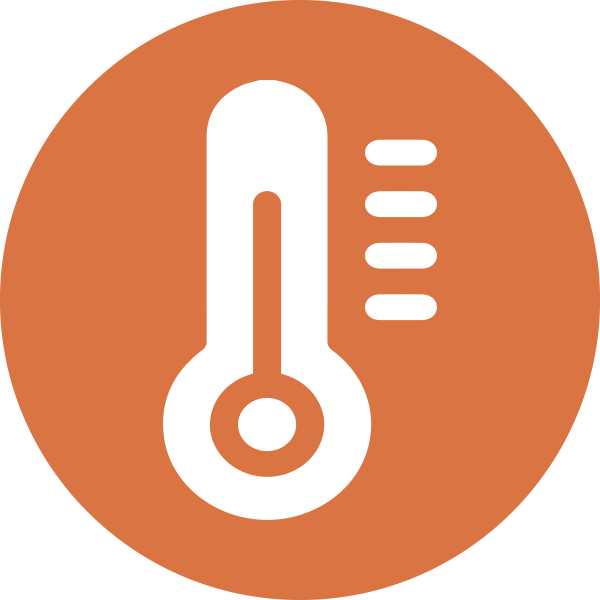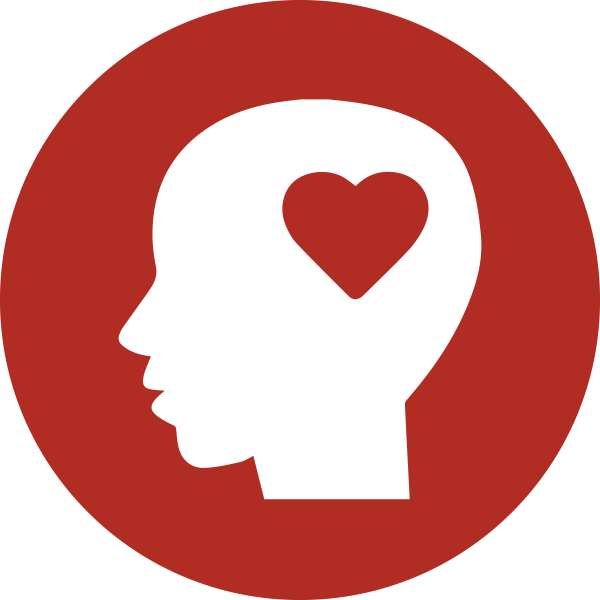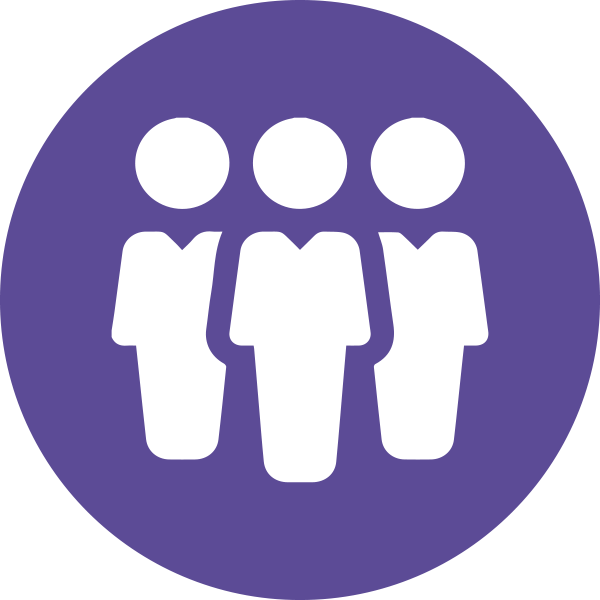Competencies
Foundational
1 Provide seamless and accessible care
Learning Objectives
- Anticipate and navigate the gap between child, adolescent, and adult care
- Be able to collaborate with the perinatal care team
- Collaborate with specific population care teams to manage addictions
2 Understand this system of care
Learning Objectives
- Define the advantages of team-based care in different settings
- Understand the meaning of patient-centered care
- Know how co-occurring disorders, pregnancy, and extremes of age change management
3 Demonstrate patient-centered care
Learning Objectives
- Advocate for a patient with pain and or addiction
- Collaborate with patients to define SMART goals
- Incorporate the patient’s values into goal setting
- Include and access the patient’s social support systems where appropriate
- Provide care in a culturally safe and trauma-informed manner
Advanced
1 Adapt care to specific populations
Learning Objectives
- Apply assessment tools designed for specific populations, including child and adolescence, elderly, cognitively impairment, non-verbal, etc.
- Assess and manage pain and addictions in the following priority populations: indigenous, military, racialized, 2SLGBTQ+, immigrant/refugee, COVID, pregnancy, elderly, child, and adolescence
- Elicit change talk and maintain rapport with people who are pre contemplative about behavior change
Recommended Resources
- Substance Use in Pregnancy (Document) Screening tools, general approach to care, and recommendations for clinical management of problematic substance abuse in pregnancy.
- A Guideline for the Clinical Treatment of Opioid Use Disorder for Youth-Guideline Supplement (Document) An overview of care principles and recommended treatment options for youth with OUD.
- Improving Quality of Life: Substance Use and Aging (Document) Evidence to consider when developing and employing more effective prevention and intervention programs to address substance use in older adults.
- D.Cosio, A. Demyan. (2021). Chronic Pain Management in Marginalized Populations: How to Rebalance the Provide-Patient Relationship (Article) How to move the power of imbalance to improve patient outcomes when managing chronic pain.
- Substance Abuse and Homelessness (Document) The result of homelessness is substance abuse, and substance abuse often contributes to homelessness.
- Tyyskä, V. (2014). Youth and Society: The Long and Winding Road. (Book) An exploration of the negative stereotypes surrounding young people and argues that it is time to contextualize our understanding of youth by addressing the underlying social, economic, and political issues they face.
- NIDA. (2020). How Do Therapeutic Communities treat Populations with Special Needs? (Article) This article outlines the need for some therapeutic communities requiring an adjustment to the programs to meet the needs of people who are homeless and co-occurring mental and substance use disorders.
- NIDA. (2020). How do adolescents become addicted to drugs, and which factors increase risk? (Article) This Article outlines the risk factors associated with adolescents becoming more likely to be diagnosed with substance use disorders.
- Sinha, R. (2008). Chronic Stress, Drug Use, and Vulnerability to Addiction (Article) This Article identifies specific stressors and individual-level variables that are predictive of substance use and abuse.
- Gay and Bisexual Men’s Health: Substance Use (Website) The prevalence of substance use in gay and bisexual men, lesbian, and transgender individuals.
- Wilder, C., Miller, S., Tiffany, E., et al. (2016). Risk factors for opioid overdose and awareness of overdose risk among veterans prescribed chronic opioids for addiction or pain (Article) This study identifies the risk factors and determines awareness of risk for opioid overdose in veterans treated with opioids for chronic pain.
- Van Olphen, J., Eliason, M., Freudenberg, N., et al. (2009). Nowhere to go: How stigma limits the options of female drug users after release from jail (Article) This study identifies three major themes related to the overarching influence of stigma
- Kuerbis, A., Sacco, P., Blazer, D., et al. (2014). Substance Abuse Among Older Adults (Article) This article looks at the prevalence of substance use in older adults and assessment and treatment options.
- Etuaptmumk-Two-Eyed Seeing (YouTube channel Video) Seeing the strengths of Indigenous and Western knowledges.
- Weitzer D. (2021). How to Provide Effective Pain Management to LGBTQ Individuals. Practical Pain Management (Article) The author shares her personal and clinical experience regarding the care of this vulnerable patient population.
- Latimer, M., Sylliboy, J. R., Francis, J., Amey, S., Rudderham, S., Finley, G. A., … & Paul, K. (2020). Co-creating better healthcare experiences for First Nations children and youth: The FIRST approach emerges from Two-Eyed seeing This study gathers perspectives related to pain expression, care experiences, and the strategies to improve the healthcare encounter of Indigenous people.
- The Kids Hurt App (Website) This interactive app is currently under development. This interactive app will measure pain that will be easier and culturally relevant for Indigenous youth to use in doctors’ offices and emergency rooms.
- Aboriginal Children’s Hurt & Healing (ACHH) Initiative (Website) Overview: This initiative works with communities and clinicians to bridge the gap in understanding Indigenous children’s pain and hurt.
- Roper, V., & Cox, K. J. (2017). Opioid Use Disorder in Pregnancy. (Article)
The article provides information and guidance for clinicians working with and treating opioid use disorder in pregnancy.
